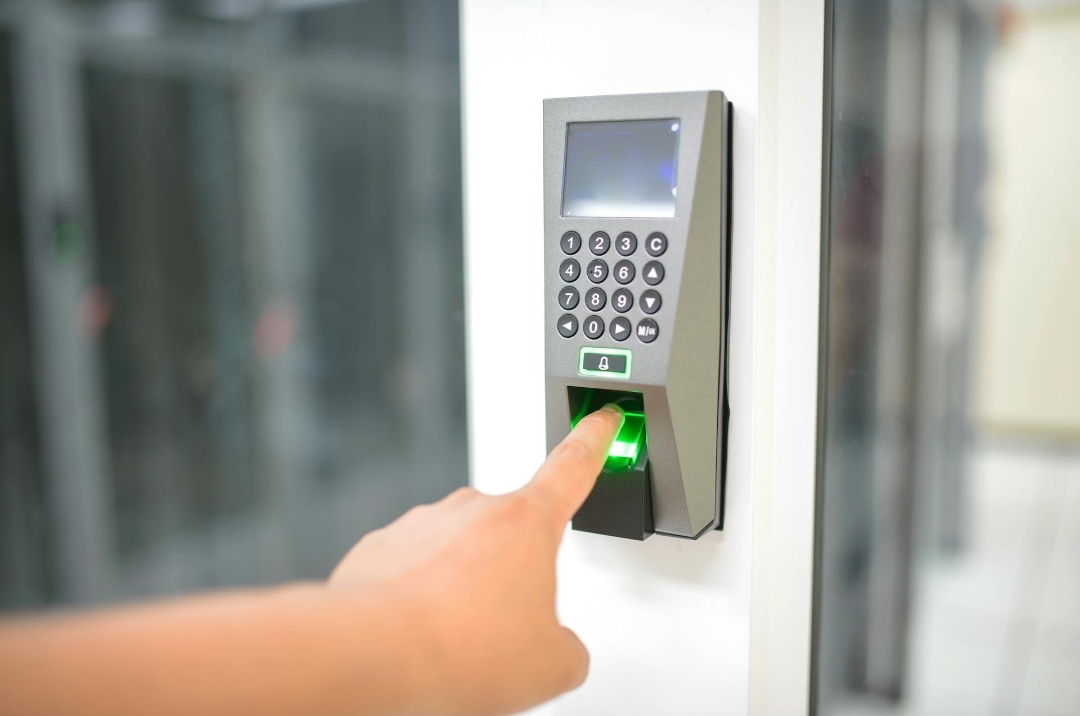Biometric technology offers a secure and efficient means of authentication and access control in the workplace. From fingerprint scanners to facial recognition systems, biometrics can streamline operations, enhance security, and improve user experience. However, implementing biometrics in the workplace requires careful planning and consideration to ensure successful deployment. In this article, we’ll provide a step-by-step guide to help organizations effectively implement biometrics in the workplace.
Assess Your Needs and Objective
Before implementing biometrics in the workplace, it’s essential to assess your organization’s specific needs, objectives, and requirements. Determine the areas where biometric authentication will be most beneficial, such as access control, time and attendance tracking, or visitor management. Identify the goals you aim to achieve with biometrics, such as improving security, enhancing efficiency, or reducing administrative burdens.
Conduct a Risk Assessment
Evaluate the potential risks and challenges associated with implementing biometrics in the workplace. Consider factors such as data security, privacy concerns, regulatory compliance, and user acceptance. Identify potential threats and vulnerabilities and develop strategies to mitigate risks and address any concerns proactively.
Choose the Right Biometric Technology
Selecting the appropriate biometric technology is crucial to the success of your implementation. Consider factors such as accuracy, reliability, scalability, and user experience when choosing biometric modalities. Common biometric modalities include fingerprint recognition, facial recognition, iris scanning, and voice recognition. Choose a biometric solution that aligns with your organization’s needs, budget, and technical capabilities.
Select a Trusted Vendor
Partnering with a reputable biometric vendor is essential to ensure the reliability, security, and support of your biometric system. Research and evaluate potential vendors based on factors such as product quality, reliability, customer service, and industry experience. Request demonstrations, customer references, and case studies to assess the vendor’s track record and suitability for your organization.
Plan for Integration and Deployment
Develop a comprehensive implementation plan that outlines the steps, timelines, and resources required to deploy biometrics in the workplace. Consider factors such as infrastructure requirements, system integration, user training, and change management. Coordinate closely with IT, security, and HR departments to ensure seamless integration and deployment of the biometric system.
Address Data Security and Privacy
Prioritize data security and privacy when implementing biometrics in the workplace. Implement robust security measures to protect biometric data from unauthorized access, interception, or misuse. Encrypt biometric data during transmission and storage, and implement access controls and authentication mechanisms to restrict access to authorized personnel only. Ensure compliance with relevant data protection laws and regulations, such as GDPR or HIPAA, and obtain informed consent from employees before collecting biometric data.
Provide Training and Support
Offer comprehensive training and support to employees who will be using the biometric system. Educate users on how to enrol their biometric data, use the biometric devices correctly, and understand the purpose and benefits of biometric authentication. Provide ongoing technical support and troubleshooting assistance to address any issues or concerns that may arise during the implementation and operation of the biometric system.
Monitor Performance and Feedback
Monitor the performance and effectiveness of the biometric system regularly and solicit feedback from users to identify areas for improvement. Track key metrics such as authentication success rates, user satisfaction levels, and security incidents. Use this feedback to refine and optimize the biometric system continuously, ensuring that it meets the evolving needs and expectations of your organization.
Implementing biometrics in the workplace offers numerous benefits, including improved security, efficiency, and user experience. By following these steps and best practices, organizations can successfully deploy biometric technology and unlock its full potential to enhance workplace operations and security. With careful planning, thoughtful implementation, and ongoing monitoring and optimization, biometrics can become a valuable asset in the modern workplace.

